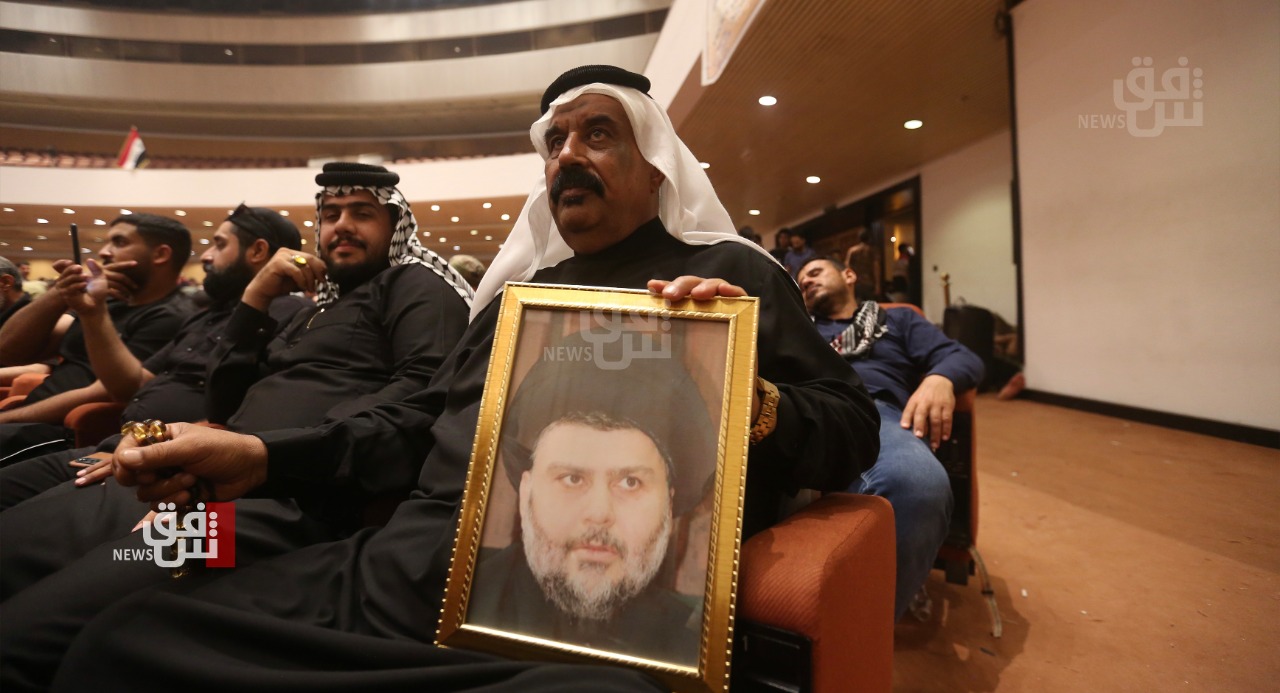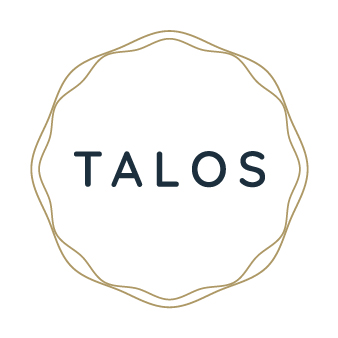Executive Summary
The Sadrist storming of the Iraqi Parliament building and the resulting escalation in Iraq’s political crisis was met with diverse reactions in Tehran, ranging from moderate calls for dialogue to more outspoken criticism of Sadr’s activities. Given Sadr’s anti-Iranian rhetoric, recent events are understandably viewed in Tehran as a potential threat to Iranian influence. More significantly, Iran’s preference for stability and efforts to form a weak but stable Iraqi government is arguably more significant to emphasize in the context of current developments, with associated intent expected to shape Iran’s continued responses. This involves efforts to bridge existing differences within the Coordination Framework and to portray recent events as the result of outside interference, including that of the West.
Iranian government expresses support for ‘dialogue’
The storming of the Iraqi Parliament building by protesters last week and the subsequent escalation in the political crisis prompted diverse reactions from within Iran, where the escalatory steps undertaken by the Sadrist Movement are understandably viewed as a potential threat to Iranian influence. Aside from Sadr’s increasingly anti-Iranian rhetoric and nationalistic rejection of foreign interference (including by Tehran), the escalation also constitutes a setback amidst visible efforts by Tehran to de-escalate the situation in the lead-up to the unrest. These were most notably manifested by Quds Force Commander Ismael Qaani’s arrival in Baghdad on 27 July to meet with senior representatives of the largely pro-Iranian Coordination Framework (CF) in an apparent effort to forge agreement around a Presidential candidate and to prevent further escalation following the initial storming of the Iraqi Parliament building. Qaani also visited Karbala and reportedly met with religious authorities in the city amidst existing tensions, yet the visit demonstrably failed to produce the desired outcome and accordingly illustrated shortcomings of Iran-led efforts to contain current Sadrist-led protests.
Iranian reactions to the continued occupation of the Iraqi Parliament building this week further underscored existing concerns over developments in Baghdad, ranging from moderate calls for dialogue to more outspoken criticism of Sadr’s activities. On 1 August, Iranian Foreign Ministry Spokesperson Nasser Kanani called for “dialogue” as the best way to find a solution to the existing problems and expressed hope that all sides would find a peaceful solution. Kanani added that Tehran views Baghdad’s security “as its own” and that it is carefully following events in the country, while somewhat paradoxically reiterating that current events form part of Iraq’s “internal affairs.”
In contrast to the more diplomatic position assumed by the Iranian government, various state-linked media outlets assumed a more critical position of Sadr, openly condemning the actions of the Sadrist supporters and the weakness of Prime Minister Mustafa al-Kadhimi’s government. The IRGC-linked Jabvan Newspaper notably accused Sadr of attempting to repeat the widespread unrest of 2019 when, to recall, protesters set fire to the Iranian consulates in Najaf and Karbala. Likewise, the conservative Kayhan newspaper – which is closely affiliated with Supreme Leader Ayatollah Khamenei – strongly criticized the Kadhimi government and the actions of the Iraqi Security Forces in failing to protect order and stability against “rioters”.
Calls for dialogue and de-escalation reiterate Iran’s preference for weak but stable government
The prospects of a Sadrist-dominated government are likely viewed as a serious threat to Iranian influence which is expected to galvanize further Iranian opposition and criticism of Sadr. That said, Iran’s preference for stability is arguably more important to emphasize in the context of current developments. The current instability and associated uncertainties over Iraq’s political future are decidedly not in Iran’s interests and in this context, the calls for dialogue and the pronounced criticism of Sadr’s antics, primarily as a source of instability, are to be expected.
Iran’s support for the CF, which is a loose coalition of Shia – but by no means exclusively pro-Iranian – parties is also consistent with Iran’s long-standing preference for a stable but weak Iraqi government dominated by Shia parties that remain largely conducive to Iranian interests. Since the Sadrist withdrawal from parliament in June, Iran has supported the creation of a ‘national majority government’ led by the CF and Sadr’s recent efforts to block the nomination of Mohammed Shi’a al-Sudani as the Prime Minister candidate forms an understandable setback.
That said, Iran’s involvement and influence over the CF and recent decision-making remains questionable. Although ostensibly viewed as a candidate elected by the ‘pro-Iranian side’ in opposition to the nationalist Sadr, the extent of Iran’s support for al-Sudani remains unclear, with some reports indicating Sudani was not Iran’s “first choice.” According to reports citing ‘informed Iraqi sources’ this week, Iran did not actively support his nomination, plausibly indicating concerns in Tehran that the nomination of a candidate aligned with former Prime Minister Nuri al-Maliki would set conditions for a destabilizing conflict with Sadr.
If accurate, Iran’s lack of support for Maliki may be indicative of a wider shift within the CF, which has become increasingly apparent in recent days, and that arguably poses a more significant challenge for Iran to exert political influence on future developments. The nomination of al-Sudani appears to result from an internal power struggle between a faction led by State of Law/Asaib Ahl al-Haq (led by former Prime Minister Nuri al-Maliki and Qais al-Khazali) on the one hand, and one led by Hadi al-Ameri (Head of the Fatah Alliance), on the other.
This emerging schism visibly shaped disagreements within the coalition over how to confront the Sadrist protesters this week, with the Maliki/Khazali side apparently favoring a more confrontational stance that contrasts with al-Ameri’s continued calls for dialogue. Besides rhetoric, this schism was further apparent on 1 August in connection with the CF-organized demonstration near the Green Zone (GZ) which was attended and largely led by members of the State of Law Coalition, and Khazali. By contrast, Ameri expressed clear concerns over the potential for escalation in the lead-up to the demonstration and in statements directed at both sides the Fatah leader appeared to distance himself from the CF-led initiative to stage counter-demonstrations.
Notably, the IRGC-linked Kata’ib Hezbollah denied having prior knowledge of the 1 August demonstration and reportedly refused to participate in the gathering. In a rare sign of public defiance, a statement attributed to KH leader Abu Ali al-Askari was published by various media outlets saying “we are not aware of any protests in front of the Green Zone.” With the KH widely seen as one of the main militia factions most directly aligned and controlled by the IRGC, this rejection of a more confrontational stance against Sadr advocated by the Maliki/Khazali faction of the CF is certainly noteworthy when coupled with Iran’s lukewarm support for Sudani as the Prime Minister candidate.
Efforts to forge unity raise outlook for anti-western sentiments
Current Iranian priorities are likely to center more on uniting Shia majority parties and forging a consensus government that may break the political impasse and restore a degree of stability in the country. As a start, any Iranian activities in the near-term may therefore seek to bridge existing differences within the CF. As underscored by Iran’s call for dialogue this week, Tehran is also more likely to push for a negotiated settlement with the Sadrists and support calls, however remote, for a fractured but ultimately stable Shia-dominated government conducive to Iranian interests.
A related tactic is to downplay of intra-Shia disagreements and to portray recent events as the result of outside interference, with associated efforts raising the outlook for anti-western sentiments and rhetoric. The above-mentioned editorial in the conservative Kayman Newspaper claimed “Iran’s enemies” mostly stand to benefit from the chaos, with parallels to developments in Lebanon implicating concerns that outside actors (other than Iran) will capitalize on the continued instability. More explicitly, on 1 August, Ashab al-Kahf, an established front group for mainstream Iranian-backed militias, released a statement threatening diverse foreign actors in light of the above-discussed unrest. The group stated to the effect that divisions between the two Shia sides were “forbidden,” attributing those perpetrating this “sedition” to being backed by diverse US-aligned international actors.
The group specifically blamed the British Embassy, US Embassy, the embassies of other NATO contributors, as well as the Israeli, Emirati, and Saudi governments. Ashab al-Kahf stated that none of their sites “will remain safe if this situation continues,” with “clear targets” identified as “US and British bases” in Iraq, Syria, and Jordan. While attributed to expected militia-linked posturing and threat rhetoric that has so far failed to materialize, the outlook for a resumption of attacks, including rocket and UAV strikes, against US and Coalition-linked sites in Iraq remains plausible as a tactic to shift attention away from the continued impasse.


